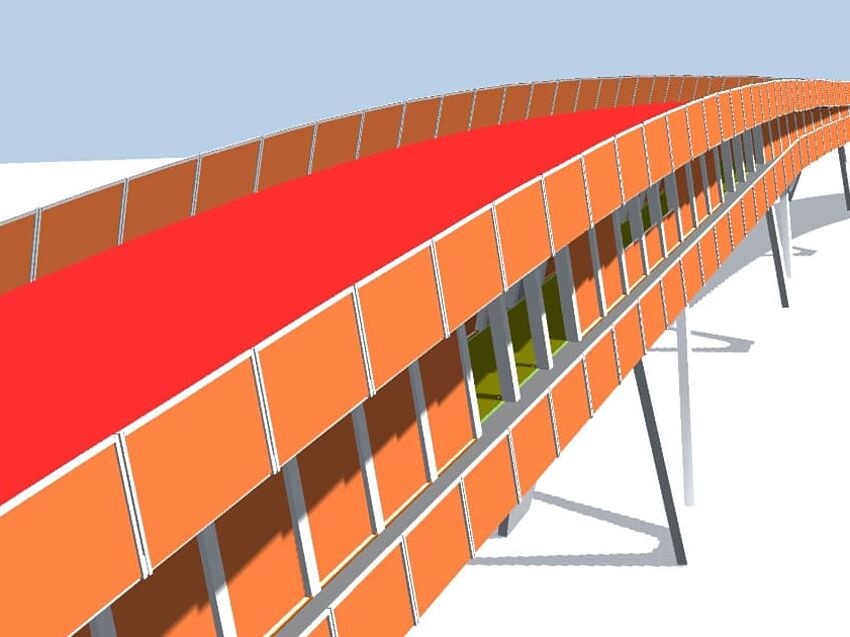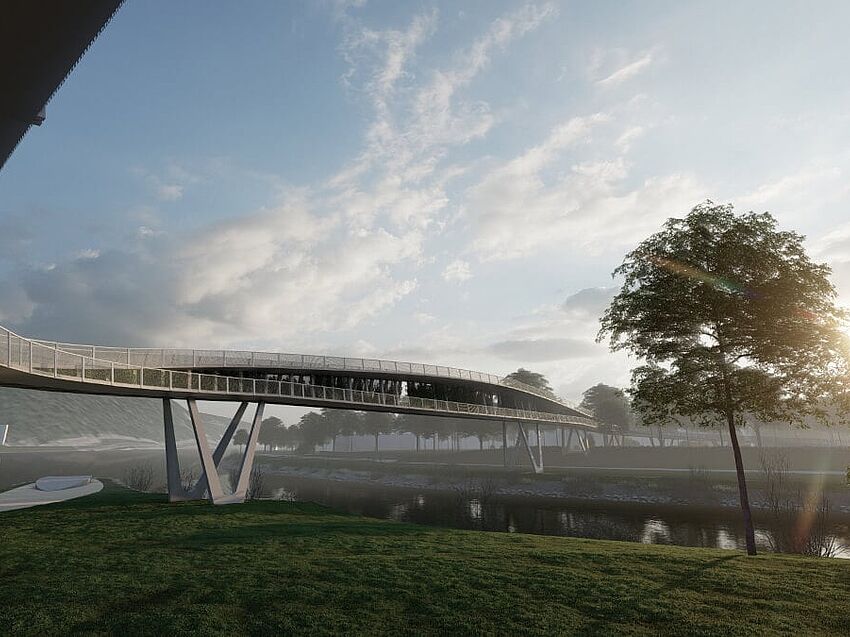ALLPLAN 2025-1: Smarter Workflows and Stronger Collaboration
Building Information Modeling (BIM) is meant to focus on capturing, sharing, and leveraging the information generated during the course of a construction project. However, in practice, what often happens is that the parties involved are more concerned with the models, rather than the information they contain. While a model-based workflow offers more efficiencies than a traditional, 2D approach, there is still the possibility of data losses when the model is handed over to different disciplines throughout the project and building lifecycle. As the data adds significant value, why is there not more attention paid to the data itself?
Data vs. Information
Where data is simply a collection of facts, information refers to understanding the context of those facts. Organizing, structuring, and making that information accessible and usable by others is what adds value to that information. In a building, the data follows a data scheme that can be utilized dynamically across different software applications. Therefore, the non-graphical project data can drive the entire value chain – creating what has been described as Building Lifecycle Intelligence™ (BLI).
If everyone can connect and communicate through open standards, real value can be generated from the information for everyone involved. Aggregating information from each stage, across different building owners, and over multiple building lifecycles can help inform what the likely downstream effects of every design or construction choice are likely to be. Ultimately, this will help architects, engineers, and building managers design and operate better-performing buildings by capitalizing on the insights gained throughout the building lifecycle.
Moving to Data-Driven Design
As the architecture, engineering, construction, and operations (AECO) industry moves towards more integrated facilities management, sensor data that monitors actual usage is starting to be collected. This data has value from the initial planning stages through to decommissioning. Empirical evidence of which design decisions affect how a space is used can help drive future design decisions for planners, architects, and engineers. Environments could be tailored to their occupants based on facts, such as utilization data built up over several decades. Even the building’s operational running costs could be reduced by making different decisions at an early stage, when backed up by data that proves the efficacy of different measures.
Reaching this point requires an open, connected ecosystem, centered around data that dynamically connects models and documents – a structured, cross-discipline dataset. By moving to solutions that allow greater interoperability and information sharing between stakeholders, everyone can benefit from the intelligence generated from a building’s assets.
Maximizing the Value of Building Data
ALLPLAN’s Bimplus collaboration platform has recently been integrated into Spacewell’s Integrated Workplace Management System (IWMS) to support this vision of BIM-enabled facilities management. Bimplus provides a platform for collaboration using building model data, allowing digital information to be unified across all disciplines along the entire lifecycle of buildings. The BIM working methodology can thus support the entire building lifecycle: not only the design and construction phases, but also building operations and facilities management (FM). By implementing Bimplus into Spacewell’s solution is a great way to ensure data is preserved at handover and working from the single source of truth.
BIM-enabled FM is still in the early stages, but it forms the basis for sustainable and holistic digitalization in the real estate industry. It is a decisive step towards seamlessly connecting the AEC industry with end-to-end digital processes and extending the value of BIM beyond just design and construction. Learn more about Bimplus and how you can capitalize on the AEC data over the complete building lifecycle.




